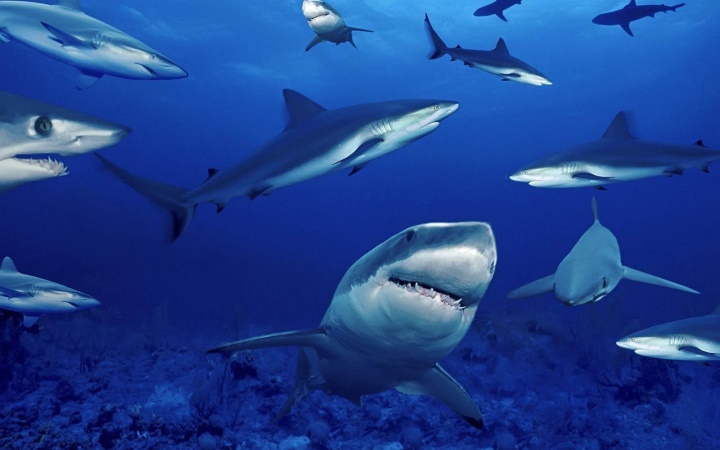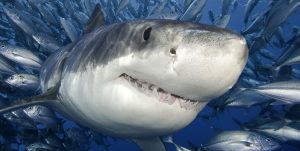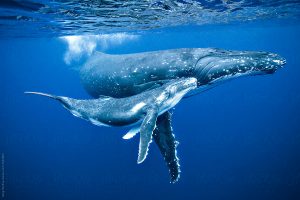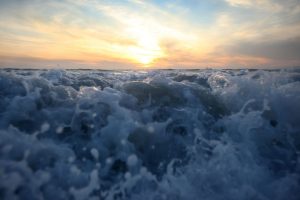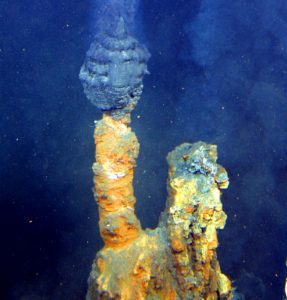Check out our ultimate ‘Amazing Sharks’ Facts Quiz and discover how much you really know about JAWSOME SHARKS…
Questions
- 1. What is the largest species of shark?
- 2. What are baby sharks are called?
- 3. What are shark bones made of?
- 4. Up to how many teeth do sharks have? 100s, 1,000s or 10,000s?
- 5. Is shark skin smooth or rough?
- 6. What is the collective noun for a shark?
- 7. What is the fastest shark in the ocean?
- 8. What is the smallest species of shark in the ocean?
- 9. Do sharks have eyelids?
- 10. Can sharks see in colour?
- 11. Approximately how many species of shark can be found around Australia?
- 12. How many sharks are killed by humans every year?
- 13. On average, how many people are killed by sharks in Australia each year?
- 14. Name three species of shark commonly found off Australia
- 15. Do sharks lay eggs or give birth to live young?
- 16. What are mermaid’s purses?
- 17. Which common shark lives in fresh and salt water?
- 18. From what distance can sharks detect blood?
- 19. From what distance can sharks sense vibration?
- 20. Do all sharks need to keep moving to breath?
Answers
- 1. The largest species of shark is the whale shark
- 2. Baby sharks are called pups
- 3. Shark bones are made of cartilage
- 4. Many sharks have multiple rows of sharp teeth – they can grow up to 35,000 in a lifetime
- 5. Rough – shark skin feels like sandpaper
- 6. The collective noun for a shark is a Shiver (or School, Shoal)
- 7. The fastest shark in the ocean is the Shortfin Mako Shark (up to 74k an hour)
- 8. The smallest species of shark is the Dwarf Lantern Shark (smaller than an adult human hand)
- 9. Yes – sharks do have eyelids but they don’t blink
- 10. No – sharks do not see in colour
- 11. Approximately 180 species of shark can be found around Australia
- 12. 100 million sharks die each year 🙁
- 13. 1 person on average each year 🙁
- 14. Sharks commonly found off Australia…Great White, Port Jackson, Thresher, Zebra Shark, Tiger Shark, Tasselled Wobbegong, Whale Shark, Oceanic Whitetip, Blacktip Reef, Grey Nurse, Bull Shark, Bronze Whaler, Great Hammerhead, Blind Shark, Pygmy Shark
- 15. Some sharks lay eggs (oviparous) others give birth to live young (viviparous), and some are a combination of these two, they start life inside their mother as an egg, hatch inside her and then are born live (ovoviviparous)
- 16. Shark eggs – egg laying sharks lay egg cases known as mermaid’s purses
- 17. Bull Shark
- 18. Sharks are able to detect blood from 5 km
- 19. Sharks can sense vibrations from 3 kilometres away
- 20. No. Some sharks must swim constantly in order to get oxygen-rich water flowing over their gills but others pump water through their respiratory system.
How did you do in our ultimate ‘Amazing Sharks’ Facts Quiz?
WANT TO FIND OUT MORE ABOUT SHARKS?
Click the image below to take our online sharks course and click here for heaps of free information and resources about sharks.
Take Action to Protect Amazing Sharks
- Educate yourself and your friends
- Share your love of sharks on your social media channels
- Join a volunteer shark conservation organisation like Shark Conservation Australia, Marine Conservation Australia, Sea Shepherd Australia – make a donation if you can!
- Join a beach clean or just clean as you go!
- Buy sustainable seafood and check restaurants have done so. Avoid flake at the Fish & Chip shop as it may be endangered shark
- Ask politicians to support ocean acidification research
Ocean Life Education is passionate about protecting all marine animals and focusing on the important role sharks play in our oceans. We aim to separate fact from fiction when it comes to the most feared fish in the sea.
Check out our Shark Discovery Program for more information on how to inspire kids to love and respect sharks: www.oceanlifeeducation.com.au/programs/holiday-program/



